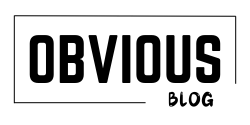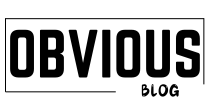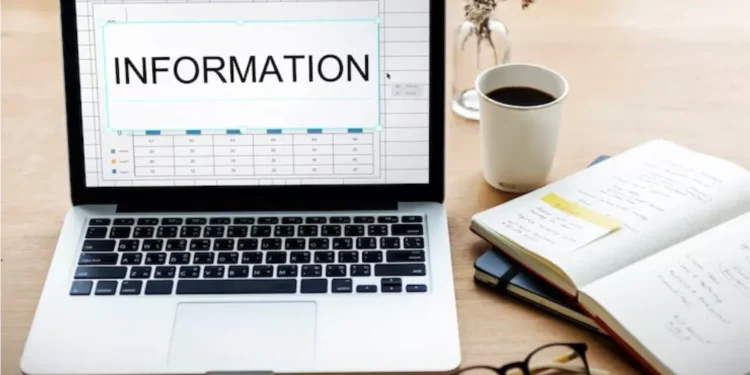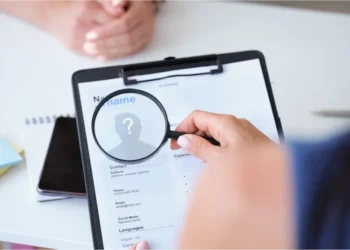Information is vital and needs to be secure and protected. The operation of governments, military groups, security organizations, and several other organizations depends on secure information. It alludes to delicate information being treated as secret because it can jeopardize international ties, personal safety, or national security. In this article, we’ll go into the global arena of classified information and examine its importance, classification levels, security measures, and management problems. So let’s start and explore the hidden depth of why it’s essential in every aspect, whether it should be a government body or a private business.
What Is Classified Information?
Content that the government considers to be secret or knowledge that must be kept confidential is classified information. Many laws and regulations limit access to specific sets of people with the required security clearance. The people who are in hot seats must have the ability to hide and tolerate important information. Improper information handling can result in criminal consequences. Thus, sensitive and government information needs to be protected and known to be Confidential information, and it’s essential. This information is organized into three levels.
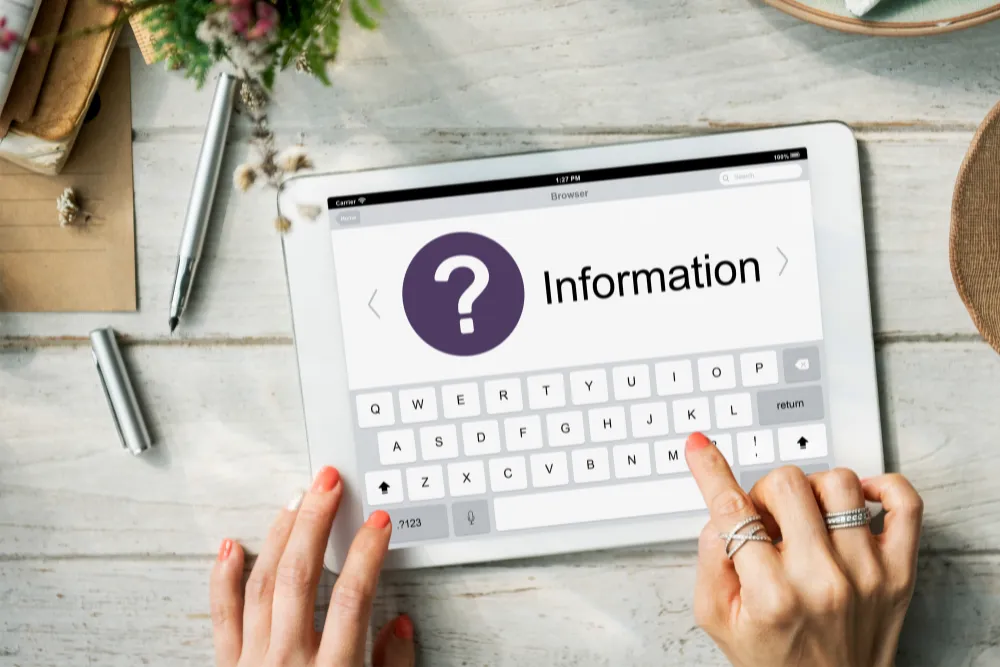
Why Is Classified Information Essential For Us?
Classified information is crucial in protecting national interests and important data, and securing information. It covers a broad spectrum of critical data, such as military strategy, reports from intelligence agencies, foreign correspondence, and technological developments. The importance of classified data cannot be exaggerated in any way. Let’s examine the main justifications for why Confidential information is so vital. So let’s discuss some essential points here.
1 Critical infrastructure, including power lines, communication networks, railways, and financial organizations, must be protected. Knowing about possible weaknesses, threats from the internet, and other hazards enables governments to put robust safety measures in place, preserving vital services and guaranteeing the continuous operation of the nation. States can stimulate collaboration to increase the resilience of essential infrastructure by disclosing classified information to the appropriate parties.
2. For military operations, planning, and preserving an edge over the competition, classified information is essential in the defense industry. It contains data regarding military prowess, weaponry, movement of troops, and knowledge regarding adversarial forces. The creation of tactical and strategic planning, assuring operational preparedness, and carrying out effective military campaigns all depend on this information. Military commanders can make wise judgments that could eventually save people and accomplish mission goals.
3. Classified Information is crucial in the battle against crime and terrorism. To find possible dangers, follow terrorist networks, and stop criminal activity, intelligence agencies gather and analyze classified material. The transfer of sensitive data between domestic and foreign law enforcement organizations improves cooperation and streamlines coordinated actions. To protect civilian populations and uphold order and security, authorities can take one step before terrorists and criminals by obtaining and analyzing sensitive information.
4. Diplomacy mainly relies on classified information to guide foreign policy choices and manage global relationships. Confidential conversations, intelligence reports, and diplomatic cables entail sharing Confidential information among trustworthy allies and partners. Governments can use this information to learn more about other countries’ goals, prospects for cooperation, and capacities. Using Confidential information improves diplomatic efforts by allowing nations to defend their national interests better, mediate disputes amicably, and promote global collaboration.
5. Details concerning advances in technology, study, and development initiatives that impact the nation’s safety and economic competitiveness are also included in the category of classified material. Countries can maintain an advantage over others in important industries by safeguarding proprietary information, trade secrets, and confidential research. Nations can maintain their financial stability and stay ahead of international competition by protecting classified information relating to cutting-edge technologies.
6. The core of a nation’s national security system is Confidential information. It gives authorities crucial information regarding prospective dangers, weak spots, and enemy actions. With this cognitive ability, preventive measures can be taken to prevent threats, stop incidents, and protect the country’s borders. Administrators can create successful plans to defend the country’s safety interests when Confidential information is accurately and promptly assessed.
Does Classified Information Play A Significant Role In Student Life?
Students who comprehend the value of classified information in multiple areas of their education and personal development will benefit from living in today’s knowledge-driven world. Let’s investigate the importance of secret information to students’ lives.
Students develop ethical consciousness and authenticity by understanding the moral consequences of managing sensitive data, protecting privacy rights, and preventing unlawful disclosure. This leads to the responsible handling of personal information and respect for intellectual property rights.
Confidential information offers valuable insights and research discoveries, enhancing scholarly endeavors and students’ awareness of historical events and scientific developments. Integrating Confidential information in investigations and debates enhances in-depth analysis and critical thinking.
Understanding the significance of classified material is essential for students considering intelligence, public service, or national security jobs. Government organizations, academic institutions, and private businesses need experts handling Confidential information. Understanding the fundamentals of managing information can lead to internships, full-time employment, and career options in industries like intelligence gathering, information security, policy research, and diplomatic relations.
By knowing about information, students better understand personal security risks, privacy concerns, and online safety techniques. They are more proactive in preserving confidentiality, adopting appropriate internet habits, and maintaining their online footprints. This knowledge helps them make informed decisions about their online personas and data protection.
Levels Of Classification Of Information
Governments and organizations use a classification system to guarantee the correct handling and safeguarding of information. This method classifies data into distinct levels based on its sensitivity and what might happen if it were released. The most frequently used classification levels are the top hidden, secret, and restricted. Each class determines the scope of access given to people and the degree of precautions used to protect the data.
Top Secret
The highest classification of information is super secret or top secret expertise, which is further divided into compartments so that only authorized individuals can access it. Top Secret is a legitimate technique to conceal collective and crucial knowledge. If made public, this information would “exceptionally gravely damage national security. Before the end of 1942, the UK and other British Empire members used Most Secret; however, to facilitate Allied interoperability, this was eventually changed to correspond with the American category designation of Top Secret.

Secret
If secret information were widely known, it would “seriously damage” national security. To restrict circulation, operational “Secret” Information might be designated in the US with an extra “LimDis.”
Confidential
The term “confidential information” refers to various forms of data, including but not limited to business secrets, personnel records, financial reports, and sensitive company plans. To safeguard its users’ privacy and the edge over other enterprises, this information is seen as essential and proprietary and needs to be protected. Only individuals with a valid need to know will have access to this information because it is classified as confidential, keeping it restricted.
Restricted
The term “restricted information” refers to a wide range of highly classified material, including information from intelligence agencies and techniques, covert operations, encryption algorithms, knowledge about weaponry, and specifics about current inquiries. This stage of the category ensures that such material is kept under strict control and is only accessible to a small number of people with the most significant degree of approval and an apparent “need for knowledge.”
Official
Comparable in official terms to the US DOD designation, For Official Use. The vast majority of government operations, the provision of public services, and economic activity are only material in nature. This covers a broad spectrum of data with a range of sensitivity levels and various loss or compromise effects. Official data must be protected from threats roughly comparable to those confronting a large commercial organization.
Unclassified
Data that doesn’t need to be classified at all, since it isn’t sensitive enough or wouldn’t cause any damage if it were revealed, is known as unclassified information. Unclassified material, in contrast to Confidential information, is readily available to everyone and is not subject to special security clearances or limitations on its transmission.
Clearance
Clearance information is the procedure and standing of allowing persons access to classified data. It entails evaluating a person’s history, loyalty, and dependability to ascertain whether they are qualified to deal with confidential and secret data.
Compartmented Information
Compartmentalized information is a subset of classified information, but is subject to additional restrictions on access and security measures in addition to the usual classification levels. Particular Availability Protocols (SAPs), which entail empathetic cognitive ability, armed forces, or defense-related activities, are linked to this kind of info.
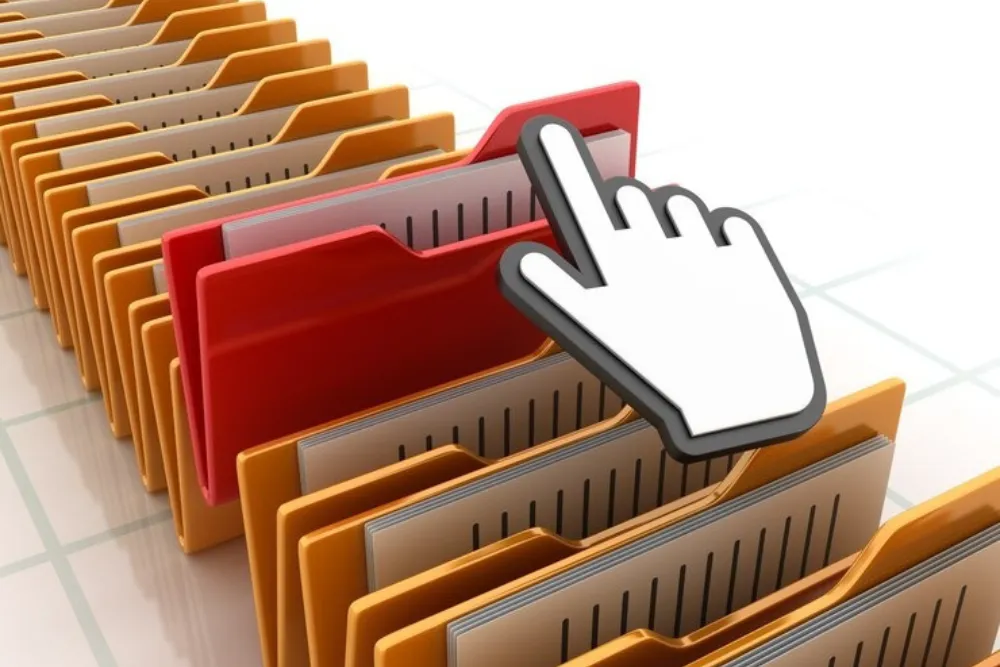
Challenges Of Classified Information
The main challenge is to keep classified information secure and protected from unwanted access, exposure, or breach. This entails putting administrative, technical, and physical safety precautions, such as secure data storage infrastructure, encryption, and tight identification methods.
To prevent unapproved people from getting or viewing sensitive material, the utilization of information must be tightly controlled. To ensure that only authorized users can view confidential material, effective access control systems, verification of access authorizations, the needed rules, and periodic audits must be implemented.
Significant risks arise from insiders who have legal access to sensitive information. Classified material may be purposely leaked or misused by malicious or dissatisfied workers, contractors, or anybody with access to sensitive information. Creating an atmosphere of security consciousness inside the organization, implementing robust security processes, and ongoing monitoring and training are all needed to mitigate this risk.
Sharing information among authorized parties or organizations is frequently necessary for legal reasons. However, safely communicating and working together on classified material can be difficult due to the requirement for confidential interaction methods, secure file transfers, and stringent rules for managing and preserving information during transit.
Conclusion
The foundation of national safety and intelligence activities is classified information. Governments can guarantee the security of their citizens and uphold their strategic objectives by correctly classifying and protecting sensitive data. The difficulties in managing classified material necessitate ongoing attention to detail and the creation of robust security protocols. Security protocols must be adjusted to combat new threats as technology develops. Governments can use the potential of Confidential information to help create a safer and more secure society by finding a balance between openness and safety. This is how a classification information system works.
